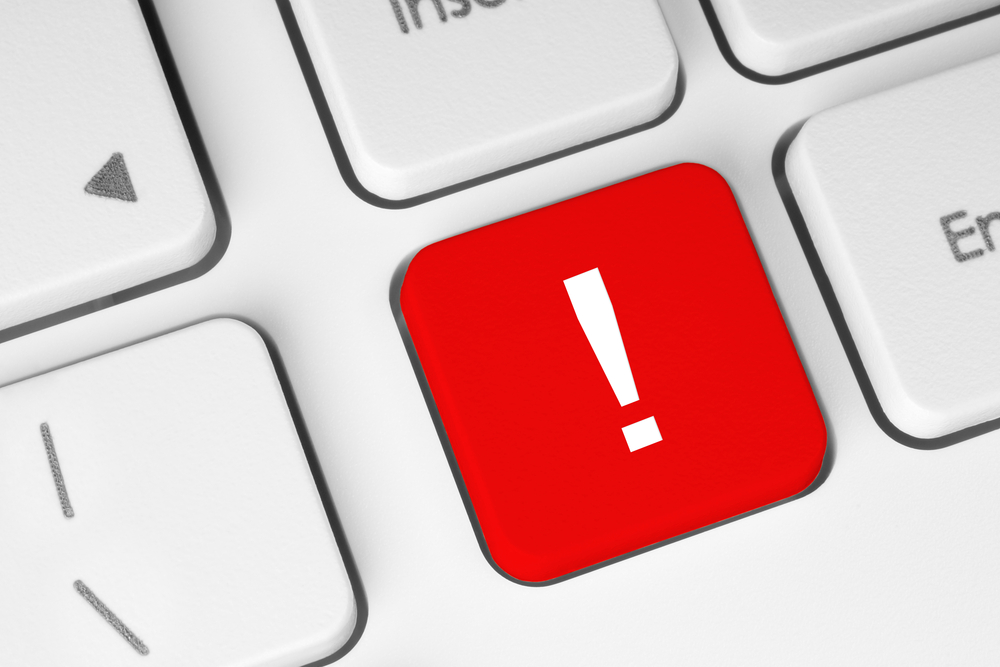Why are applying credits in QuickBooks important?

- Posted on Mar 19, 2017
An important process that is often missed in QuickBooks is applying credits to bills (accounts payable) and invoices (accounts receivable). Applying credits ensures you are not overpaying your bills or over billing your customers. See below for more.
- Accounts payable – If a credit comes in for your vendor and you don’t apply it to an existing bill after entering, the amount of the bill will remain open in its entirety which means you may pay more than you owe if you don’t apply the credit. If you go to the pay bills window to pay the bill, it will show the full amount due. Look in the pay bills screen for a credit to be applied and be sure to apply it before paying. On the AP aging reports, it will have the correct amount due for the total and may show the outstanding credit.
- Accounts receivable – If a credit gets created for your customer and you don’t apply it to an open invoice, the amount of the invoice will remain open in its entirety which means the customer may think they owe the full amount. Always remember to apply the credit to an open invoice after you create it. On the AR aging reports, it will have the correct amount due for the total and may show the outstanding credit.
I make sure to apply the credit to any open bills or invoices immediately after entering the credit and as a follow up task at month end closing to review the detail AP/AR reports to make sure none were missed. Often you may enter a credit where there is nothing to apply to. In that case, that is why it is important to have this as a monthly closing process.
